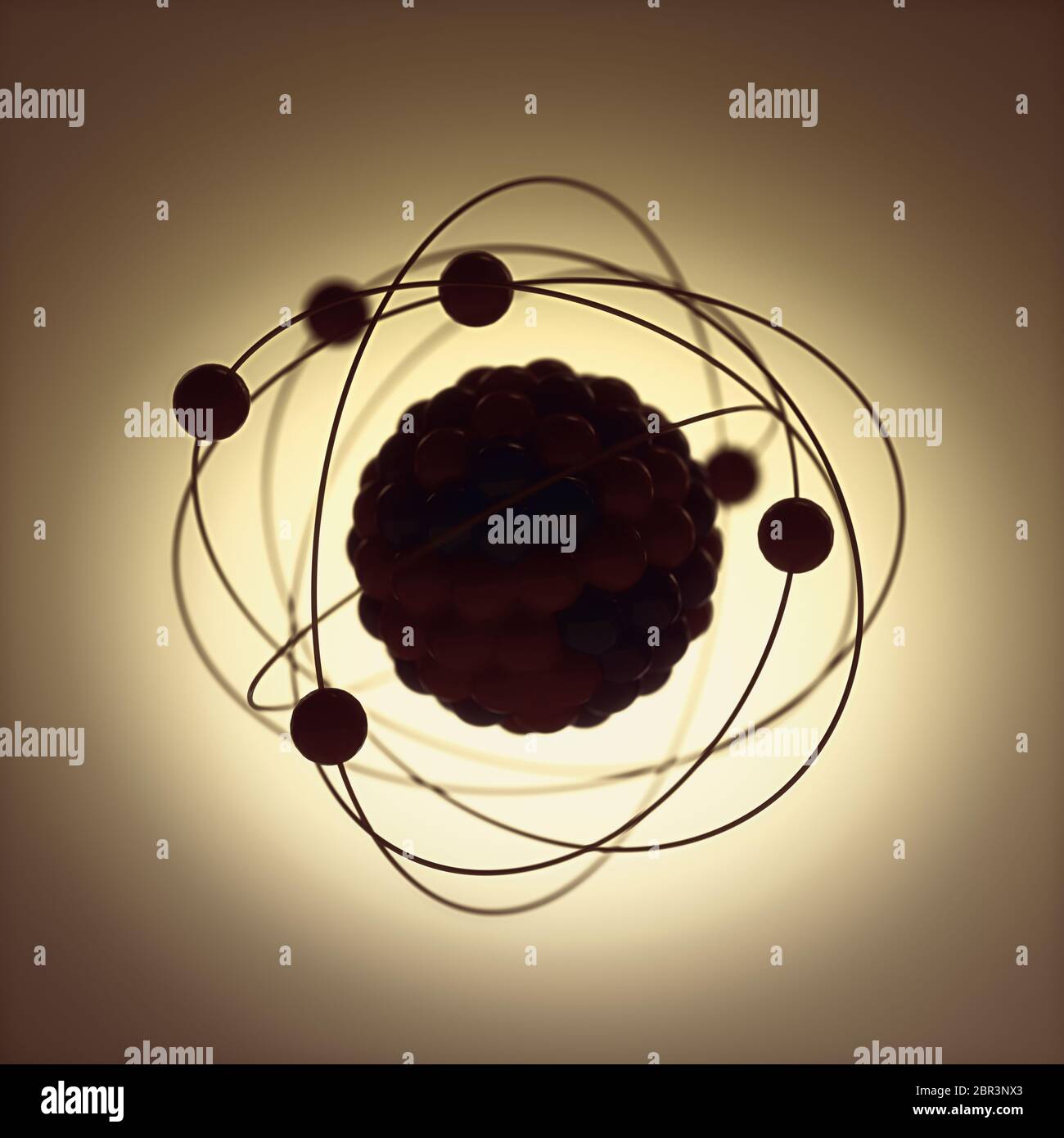Nuclear reactions are often heralded as powerful sources of energy, capable of generating immense amounts of heat, which can be harnessed for electricity production. But how exactly is heat produced during these intricate processes? This question unearths a fascinating exploration into the realm of nuclear physics, where fundamental particles and interactions culminate in the generation of thermal energy. Here, we endeavor to elucidate the multifaceted mechanisms through which heat is generated during nuclear reactions, focusing on both fission and fusion—the primary types of nuclear reactions.
To begin, it is essential to grasp the nature of nuclear reactions themselves. At the core of a nuclear reaction lies a change in the structure of an atomic nucleus, resulting in the release of energy. Fission, a process wherein heavy nuclei, such as those of uranium-235 or plutonium-239, split into smaller fragments, is one of the most prominent means of generating heat. When a heavy nucleus absorbs a neutron, it becomes unstable and undergoes fission, leading to the creation of two or more smaller nuclei, along with additional neutrons and a substantial amount of energy.
The immediate release of energy during fission is traceable to the binding energy of the nucleus—an intrinsic energy that holds the nucleons (protons and neutrons) together. This energy can be expressed via Einstein’s mass-energy equivalence principle, E=mc². When the nucleus splits, the total mass of the resulting fragments is less than the original mass, and the missing mass—converted into energy—manifests as kinetic energy in the form of rapidly moving particles. This kinetic energy translates into thermal energy when the fragments collide with surrounding materials, thereby heating the reactor core.
An interesting facet of fission is the subsequent neutron release. These newly liberated neutrons can perpetuate the fission process by initiating additional reactions in nearby fissile materials, creating a chain reaction. The ability to control this chain reaction is crucial for maintaining safe and efficient energy production in nuclear reactors. However, managing such reactions poses a significant challenge, requiring elaborate safety protocols and technologies to prevent overheating and criticality accidents.
On the other end of the spectrum lies nuclear fusion—the process that powers the sun and other stars. Fusion occurs when light nuclei, such as hydrogen isotopes, combine to form a heavier nucleus, such as helium. This process occurs under conditions of extreme temperature and pressure, as found in stellar environments. In fusion reactions, the energy generated arises from the colossal binding energy released when smaller nuclei merge, counterbalancing the electrostatic repulsion between their positively charged protons.
In a terrestrial context, achieving the requisite conditions for nuclear fusion is notoriously challenging. The enormous temperatures (in excess of 100 million degrees Celsius) needed to allow hydrogen nuclei to overcome their electrostatic repulsion have yet to be realized in a sustainable manner outside of stellar interiors. Nevertheless, experimental reactors, such as tokamaks and inertial confinement devices, continue to investigate fusion as a potential source of clean energy. Should they succeed, the resulting heat from fusion could offer monumental advantages, including an abundant supply of fuel with relatively minimal radioactive waste. Yet, controlling such explosive reactions and sustaining them over time encapsulates a formidable quandary.
In both fission and fusion, the transfer of energy involves a couple of critical mechanisms: kinetic energy transformation, heat conduction, and thermal radiation. As nuclear reactions prompt the ejection of high-energy particles, these particles collide with surrounding nuclei, transferring their kinetic energy through elastic and inelastic collisions. This energy transfer raises the temperature of the surrounding materials, manifesting as thermal energy. Once the reactor core generates substantial heat, efficient heat exchangers are instrumental in converting this thermal energy into mechanical energy, ultimately driving turbines for electricity generation.
Moreover, heat conduction plays a significant role in the context of nuclear reactors. The reactor core is surrounded by materials capable of conducting heat efficiently, such as water or molten salts, which absorb the generated heat and subsequently transport it away to steam generators or turbines. In advanced systems, such as liquid metal-cooled reactors, the heat capacity and efficiency of heat transfer can be optimized, presenting another layer of intricacy to the management of nuclear thermal energy.
Thermal radiation further complicates the landscape of heat generation in nuclear reactions. As the temperature of the reactor core escalates, it emits thermal radiation, which can lead to the loss of energy if not adequately contained. Thus, engineers must meticulously design reactor containment structures to manage thermal radiation while ensuring that excess heat does not accumulate, risking potential meltdowns.
Despite the advantages presented by nuclear energy, the challenges in harnessing heat from nuclear reactions remain. The intricacies of containment, the management of nuclear waste, and the inherent risks of radiation all prompt concerns within both scientific communities and the public. While nuclear power has the potential to complement renewable energies in achieving a sustainable energy future, the technological hurdles involved call for innovative approaches and robust safety mechanisms.
In summation, the generation of heat during nuclear reactions is a complex interplay of nuclear physics, thermodynamics, and engineering. Fission and fusion present distinct processes, each with their mechanisms for energy release. As research advances, the quest to harness nuclear energy continues to pose an intriguing challenge: can humanity navigate the complexities of these powerful reactions to foster a safer and more sustainable energy landscape?












